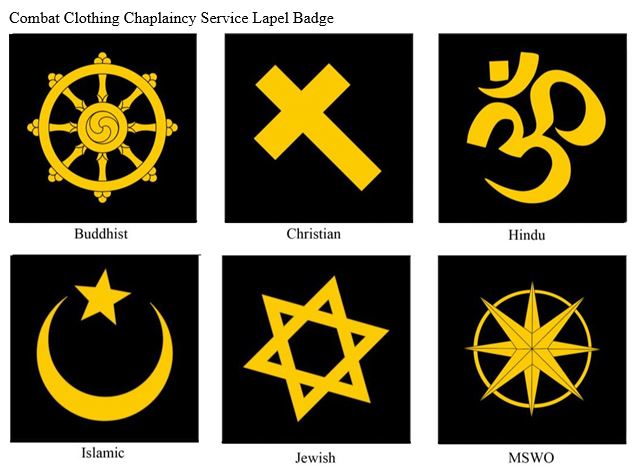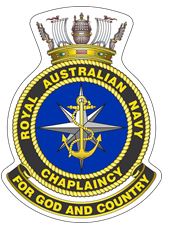- Author
- A.N. Other
- Subjects
- None noted
- Tags
-
- RAN Ships
- None noted.
- Publication
- June 2022 edition of the Naval Historical Review (all rights reserved)
By Senior Chaplain Richard Quadrio RAN
Observing from afar, most especially with new uniform badges worn by Chaplains and later the introduction of Maritime Spiritual Wellbeing Officers (MSWO), it is not difficult to ascertain that structural changes are afoot in one of our oldest branches of the navy. Within this edition of our magazine there is an essay by Lieutenant Laura Dunsmore RAN, one of the new breed of MSWOs. Upon seeking further advice from the Director-General of Chaplaincy-Navy’s office the attached rather brief response has been gratefully received.
For over one hundred years Navy Chaplains have served the sailors and officers of the Royal Australian Navy providing pastoral care, spiritual support and religious ministry.
In recent times changes have been made to expand and develop the capability. Until recently all Chaplains have been drawn essentially from Christian ministers of religion. In 2020 the Navy Chaplains Branch changed its name to the Navy Chaplaincy Branch (NCB) with now one Permanent Navy Muslim Chaplain, and in service training Buddhist and Hindu Chaplains; in the next few months the first Buddhist Reserve Chaplain will commence her training. Like all Chaplains these new Chaplains serve all members of Navy and their families but will also provide specialist religious ministry to members of their faith group. CHAP Essa was recently a significant operational asset to the ADF when he assisted with the evacuation of people from Kabul after the Taliban takeover of Afghanistan. In many parts of the world religion remains a crucially important part of people’s lives and Navy Chaplaincy’s pluralistic approach supports ADF capability.
In 2021 Navy Chaplaincy was further enhanced by the introduction of a new PQ, Maritime Spiritual Wellbeing Officers (MSWO). Recruiting from the medical fields of psychology, social work, nursing, counselling, occupational therapy and others, MSWOs bring spiritual but not necessarily religious pastoral care to Navy. MSWOs and Chaplains are now working side by side, to enhance Navy’s support of members, to support the diversity of Navy and extend Navy capability. Like Chaplains, MSWOs provide pastoral and spiritual care to all members and their families – religious Chaplains also provide religious ministry and key religious leader engagement on deployment.
Chaplaincy Historic and New Branch Insignia

Change brings challenges and opportunities. The previous crest of the Branch included the Maltese Cross – long a symbol of service and sacrifice. This has been replaced by a Compass Rose – reflecting a pluralistic approach to offering direction, guidance, counsel and support. Chaplains and MSWOs now also wear a highly visible symbol on their uniforms reflecting their faith or spiritual tradition; for example, Christian Chaplains have a Christian Cross, Muslim Chaplains wear an Islamic Crescent with five pointed star and MSWOs wear a Compass Rose.
Navy Chaplains have served with distinction in peacetime and war. Even in days of decreasing religious adherence the Chaplain (Padre, Sky Pilot, Bish, God Botherer, and Sin Bos’n) remains a much-loved part of Navy at sea and ashore.
As Chaplaincy expands to include other faiths and MSWOs there is every expectation of increased capability and improving support. Jack will no doubt in time add some new nicknames as well.






